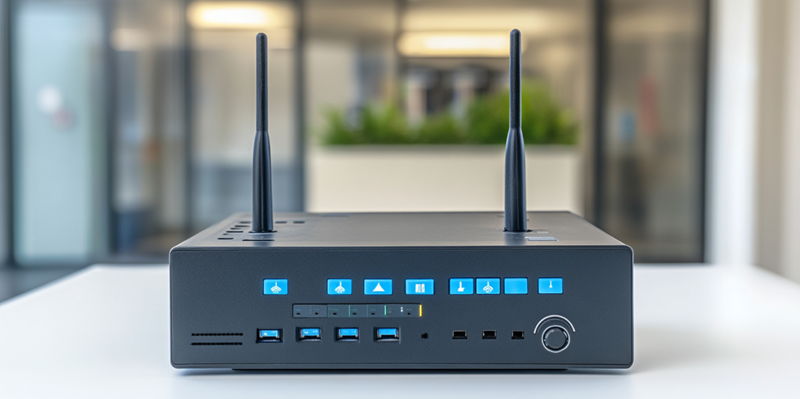Researchers have uncovered a critical security vulnerability in the Wi-Fi Alliance’s Test Suite that could permit unauthenticated local attackers to execute arbitrary code with elevated privileges. This flaw, documented as CVE-2024-41992, affects Arcadyan FMIMG51AX000J routers and enables attackers to send specially crafted packets to perform command injection, thereby obtaining root privileges. Discovered by independent researcher "fj016" and revealed by SSD Secure Disclosure in August 2024, this vulnerability was initially reported to the Wi-Fi Alliance in April 2024.
The vulnerability’s ease of exploitation allows attackers to gain full administrative control over compromised devices, which can lead to the modification of system settings, disruption of network services, or serious service interruptions and data loss. Even though the Wi-Fi Test Suite is not designed for production environments, its inclusion in commercial routers amplifies the potential risks. Until a patch is released by the Taiwanese router manufacturer, other vendors are advised to either remove this tool from production devices or update to version 9.0 or later to mitigate exploitation risks effectively.
Wide-Ranging Implications of the Flaw
This discovery highlights the pervasive and critical nature of security flaws in essential internet infrastructure. Attackers exploiting this vulnerability could potentially modify system configurations, halt network services, or enable other malicious activities. The ability to gain root privileges provides attackers with extensive control, leading to a high-impact security breach. When vulnerabilities exist in commercial routers, they can be especially concerning considering the widespread use of these devices in both corporate and residential settings.
The presence of the Wi-Fi Test Suite in commercial routers, despite it not being intended for such environments, underscores the necessity for vigilant vulnerability management. Security patches and updates are essential in safeguarding network integrity against unauthorized access. The urgency for manufacturers to address and patch vulnerabilities cannot be overstated, as unattended flaws could become gateways for more sophisticated attacks on critical network infrastructures.
Crucial Need for Industry Collaboration and Vigilance
Researchers have identified a significant security flaw in the Wi-Fi Alliance’s Test Suite that allows unauthenticated local attackers to execute arbitrary code with elevated privileges. This vulnerability, labeled as CVE-2024-41992, impacts Arcadyan FMIMG51AX000J routers. It enables attackers to send specially crafted packets to perform command injections, thereby gaining root-level access. The flaw was discovered by independent researcher "fj016" and disclosed by SSD Secure Disclosure in August 2024, following its initial report to the Wi-Fi Alliance in April 2024.
This vulnerability’s ease of exploitation means attackers can gain full administrative control over compromised routers. Consequences could include changes to system settings, disruptions of network services, significant service interruptions, and data loss. Although the Wi-Fi Test Suite is not intended for production environments, its inclusion in commercial routers increases the risk. While the Taiwanese router manufacturer works on a patch, other vendors are advised to either remove this tool from production devices or upgrade to version 9.0 or later to mitigate exploitation risks effectively.

